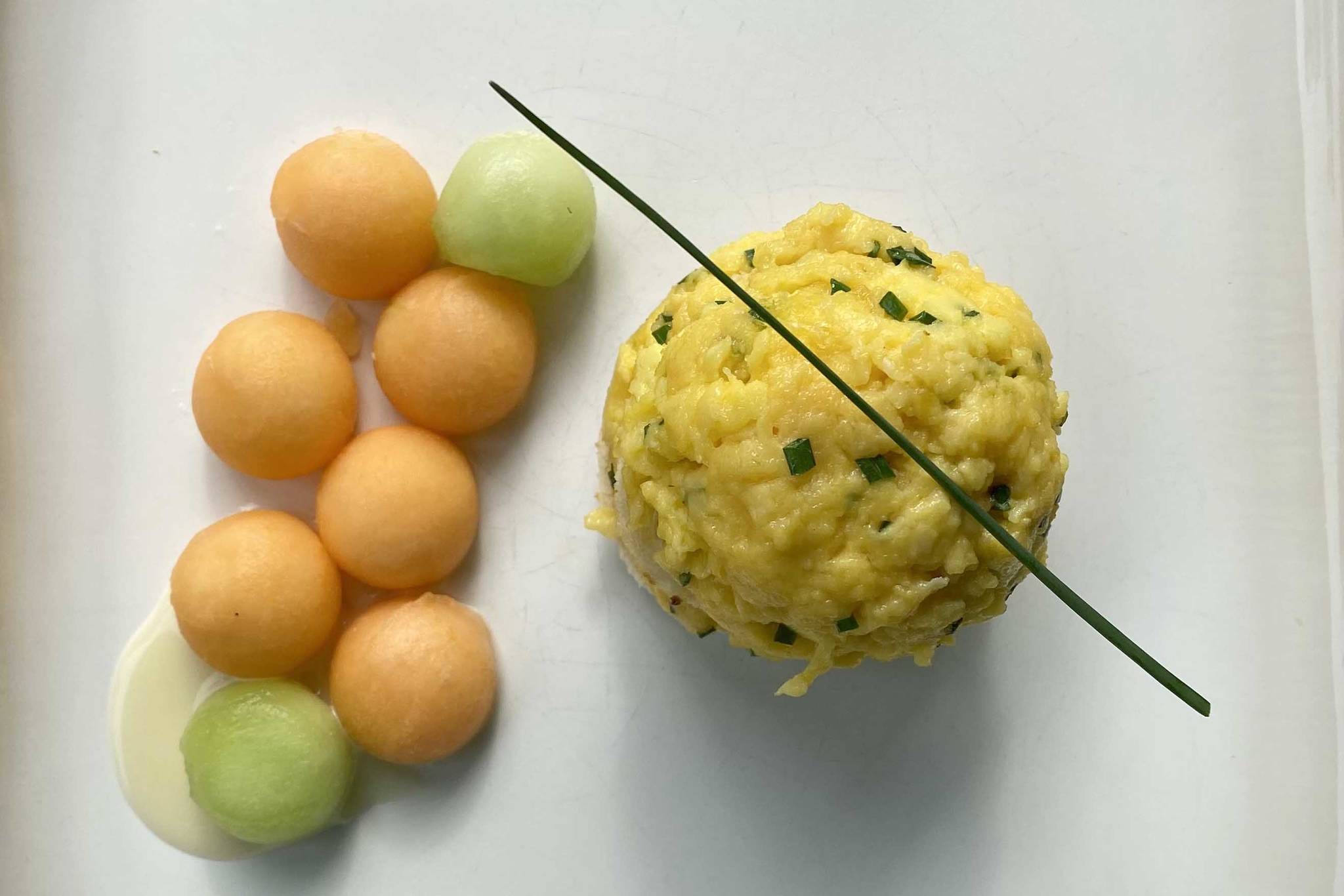For the last few months of culinary school, my class was given the opportunity to occupy the kitchen and dining room of an old hotel near downtown Boulder, Colorado. The kitchen was a far cry from the gleaming main campus kitchens, but the scuffs and scratches of heavy use and age were charming and added to the experience.
The dining room, with its ancient velvet upholstered booths, opulent mahogany crown molding and exquisite stained-glass accents was the true star of the hotel. The space had sat unused and neglected for some time, but I could see past the faded curtains and stained carpets to when the dining room was new, when fine dining was rigid and refined, to the time of Auguste Escoffier.
My school was named for him, and was founded by his grandson, so we were taught many of the classical techniques of Victorian haute cuisine. Those techniques, being often wasteful and always tedious, have somewhat fallen out of favor in most modern kitchens, but there is still the expectation that chefs know and are able to execute the recipes and techniques of classical fine dining created by Chef Escoffier.
Among his favorite ingredients were truffles, foie gras, caviar and especially eggs. He claimed to know more than 600 ways to prepare them, and because of him each fold of a classic chef’s toque indicates one mastered egg recipe. His first cookbook, “Le Guide Culinaire,” (which has been in continuous print since 1903) contained 256 recipes for eggs. This recipe for scrambled eggs is named for him: Scrambled Eggs a la Escoffier.
Ingredients for two servings:
6 eggs, room temperature
1 large garlic clove
3 tablespoons unsalted butter, cut or grated into small pieces, and separated in half
3 tablespoons heavy cream
2 tablespoons finely chopped chives
Salt to taste
2 slices of toasted brioche (if you can find or make it. Otherwise, any soft white bread like a standard French loaf will work.)
Directions:
Create a double boiler by setting your egg pan over a pot of boiling water. This will ensure the pan is heated slowly and evenly.
Whisk your eggs and heavy cream thoroughly but gently – there should be no bubbles or foam.
Peel your garlic clove and slice in half.
Put ½ of the butter in the fry pan and as soon as it is melted pour in your egg mixture and add the garlic.
Keep the pan on the lowest possible heat and stir slowly and continuously until the eggs resemble thick pudding or porridge. This took me about 20 minutes. If the eggs were allowed to cook slowly and evenly enough, they will not resemble the springy, solid scrambled eggs we are used to, but will have a velvety, custardlike texture.
Just before serving, remove and discard the garlic and stir in the rest of the butter and your chives. Taste your eggs and season.
Serve on toast, garnish with chives.
Chef Escoffier was also famously particular about the presentation of his edible masterpieces and would often direct the table settings, flowers, music and even lighting in his dining rooms. We were taught the principals of color theory, movement and how to create visual interest on our plates using variations in texture and elevation.
For a dish as refined as this, it would be a shame to just pour the eggs into a bowl and eat, so treat yourself to the full experience by plating artfully, setting your table elegantly, and maybe even breaking out the cloth napkins, the way Chef Escoffier would kindly insist that it be served.


